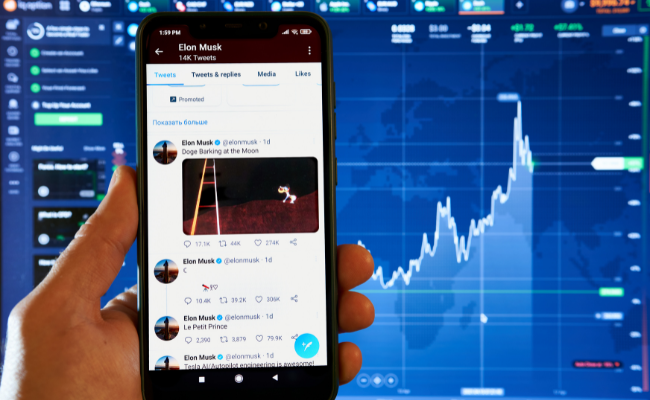How to Spot Real or Fake Verified Twitter Profiles
If you had been using Twitter for quite some time before Elon Musk took it over, you can agree that social media has experienced some of the dumbest policies in just a few months.
Twitter’s new management planned to remove “legacy” blue checkmarks—the only way to know Twitter accounts’ authenticity.
But over the weekend, they probably realized that was a dumb plan and decided to put a pin on that. They, however, introduced a new policy that still makes the legacy blue check useless.
Twitter has changed the tooltip that shows up when you tap the badge on a Twitter profile with a blue checkmark. Previously, users could distinguish between verified accounts because of Twitter’s verification process or because the account owner paid for a Twitter Blue subscription.
However, the new tooltip reads the same for both scenarios: “This account is verified because it’s subscribed to Twitter Blue or is a legacy verified account.” This change has been criticized and suggests Twitter’s lack of foresight or malice.
JUST IN: The New York Times has lost their Twitter verification status after refusing to pay $8.
Do people still read the fake news New York Times?
I forgot they were still in business 😂https://t.co/FGkPbcA420
— Proud Elephant 🇺🇸🦅 (@ProudElephantUS) April 2, 2023
To know if a Twitter account actually belongs to the person whose name it carries, you’ll need to put a little of your detective skill into action. Luckily for us, it’s pretty easy to tell whether an account is fake.
Check the Handle
It gets confusing what Elon plans to gain from all these policies and fights. However, his vision behind the idea still stands.
Based on the official release by Twitter management, only Twitter Blue members get the badge, and legacy accounts are prone to lose the badge after a while.
Not only is this idea stupid and counterproductive, but it’s also starting to look like petty warfare, as only the New York Times account has its badge revoked.
Suppose you come across an account claiming to be associated with a well-known individual or entity but need more certainty about its authenticity. In that case, the first step is to verify its username. I’m referring to the one with an “@” symbol preceding it, not the display name.
You may also like: After verification freeze, here’s how you can get Twitter’s blue check mark
If an account has an identical profile picture and displays the name of another account, but the @ handle is entirely different, it’s a fake.
For instance, if an account has Chris Pratt’s avatar and display name but a random handle, such as a person’s name, it’s fraudulent.
A positive feature of the current regulations is that verified accounts can’t modify their display names or handles to impersonate someone else.
Changing either will temporarily suspend the verification badge until Twitter determines that the user qualifies for it again. That’s what the regulations indicate, but how strictly they’ll be enforced is anyone’s guess.
Check the Number of Followers

The fastest way to do it is by checking the followers count. We can easily judge how many followers a celebrity, organization, or brand should have. If it’s way fewer, it’s probably a fake.
Let’s use a fake New York Times Twitter account; for example. The fake account should have fewer followers than the real account, which has 55 million followers.
Legacy-verified accounts worth impersonating, such as the New York Times or LeBron James, will have hundreds of thousands or even millions of followers.
Another way to tell is the account’s registration date. You can find this at the right below the bio. Notable accounts like celebrity accounts or brands susceptible to impersonation have likely been on the platform for over a decade.
An impersonator may have only created their account recently, like a few weeks or months. Ensure you’re cautious of this, and don’t be a victim of scams.
Glance Through Tweets

Let’s use The Times again as an example. Without a verification badge, you might be unsure if an account belongs to the newspaper or an imposter. To fact-check, go to the history and scroll through the tweets.
If it’s an authentic account, you should find several links to New York Times stories. It should take you to the articles described in the tweets.
Related Articles
10 Secrets of Social Media to Grow Your Business: Tips and Tricks!
If it’s not, you’ll probably come across spammy tweets or anything else that seems inappropriate for a reputable newspaper.
Anyone can also use it for any famous individual or organization. If the phony account (which typically has a low follower count) is tweeting things that the actual account owner is unlikely to tweet, you can safely ignore it.
However, there’s always the possibility of the account being hacked. This incident is becoming increasingly common on Twitter after the Musk incident.

